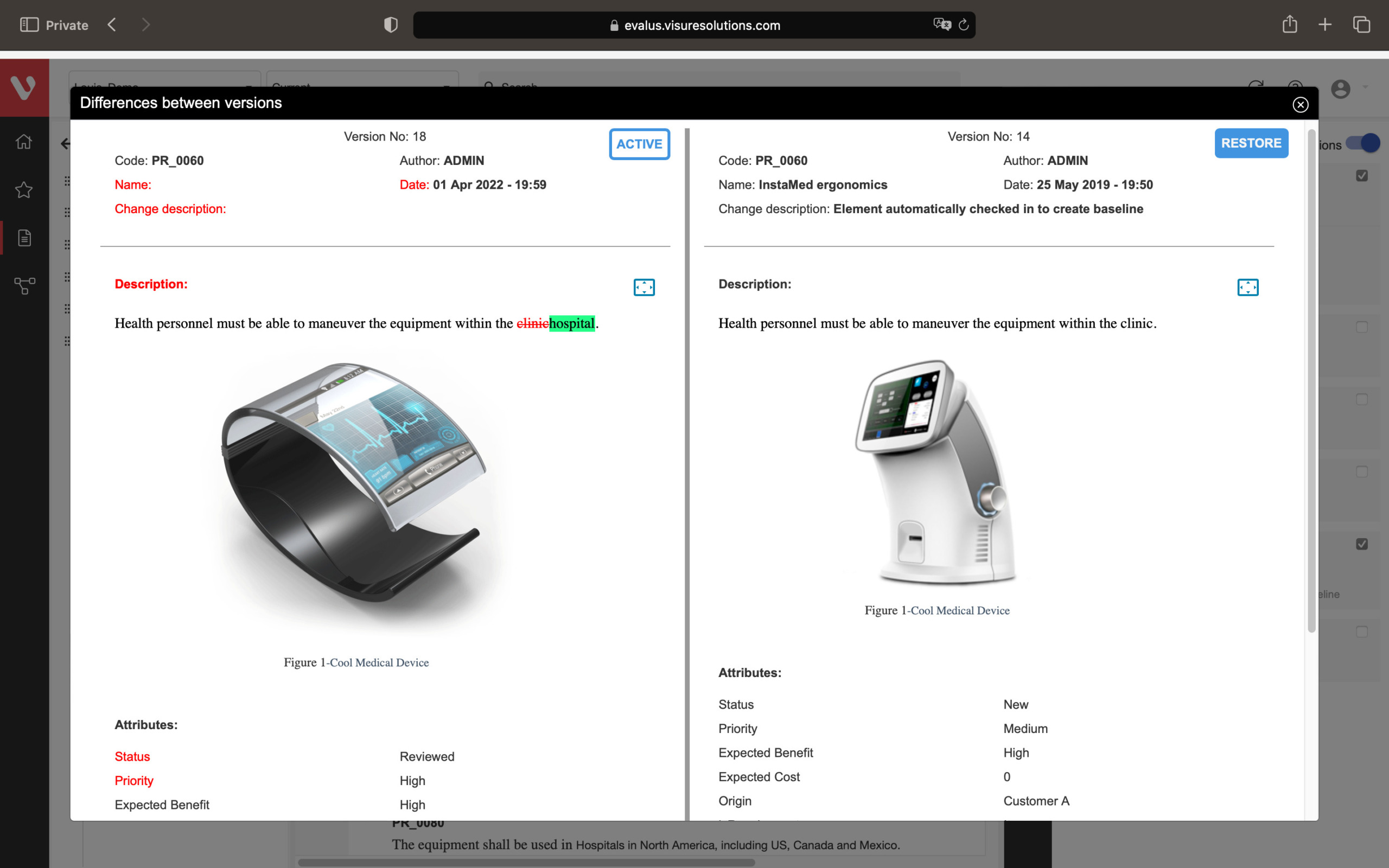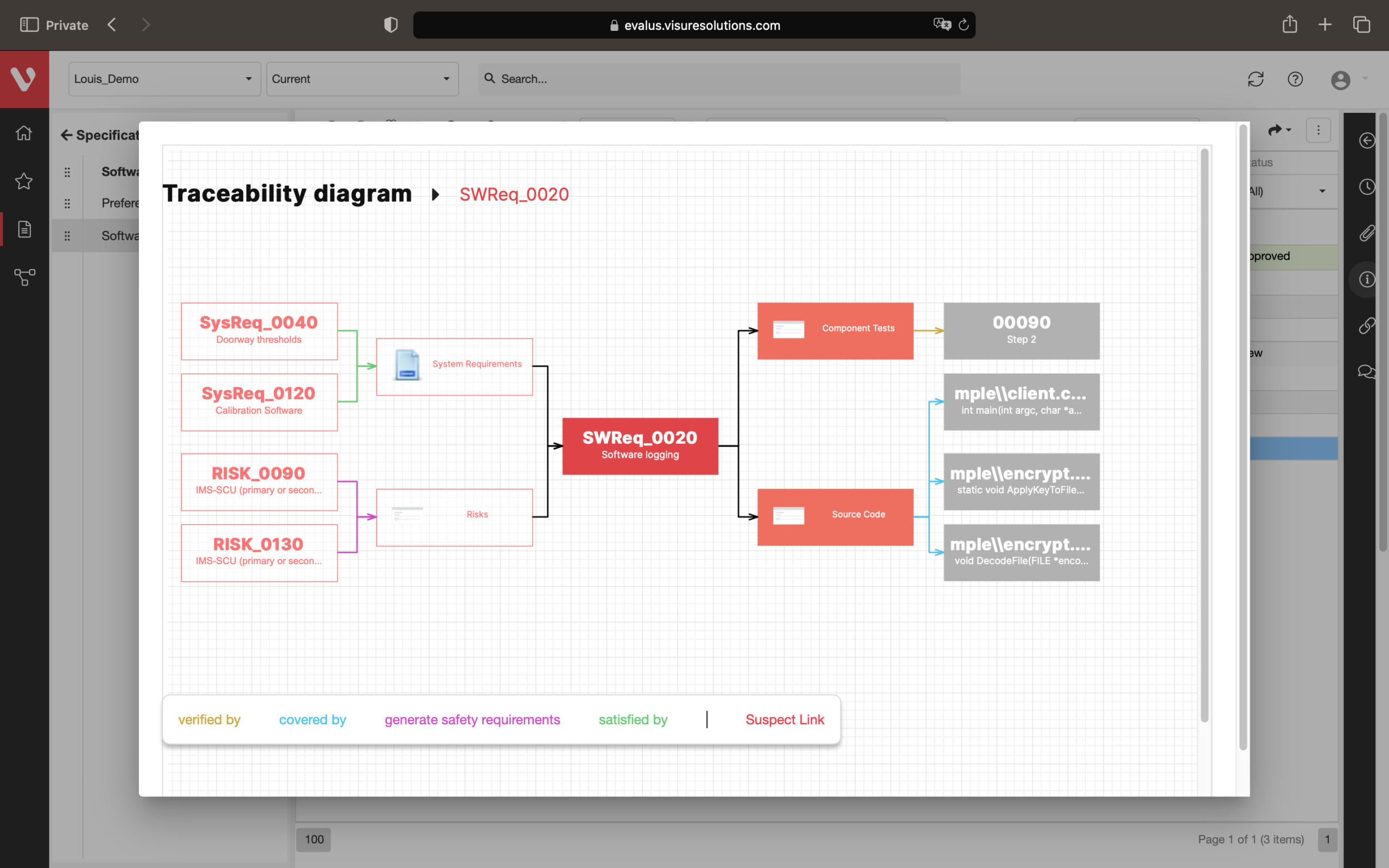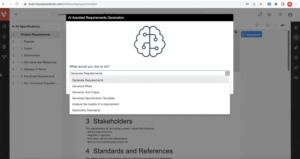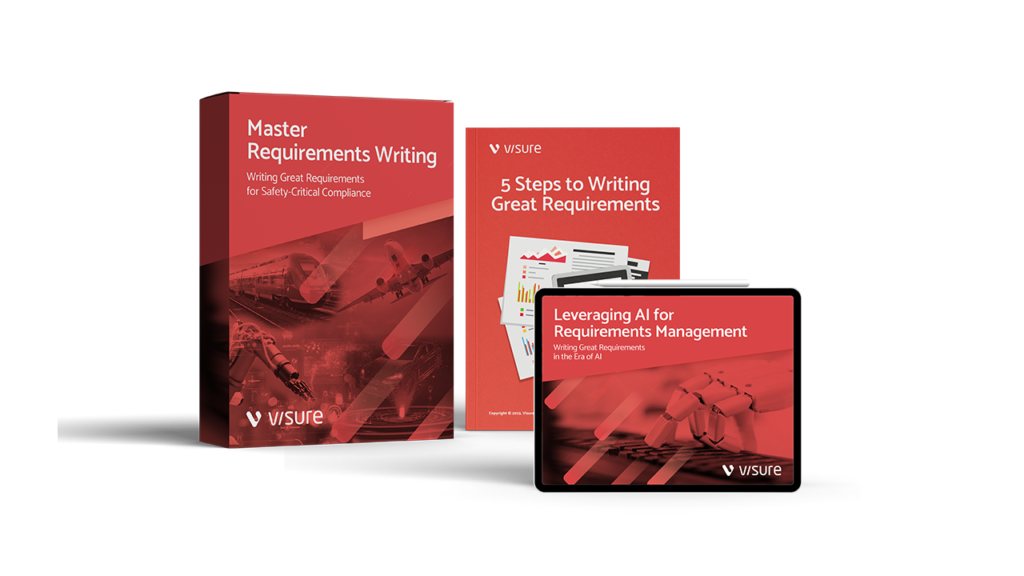#1 REQUIREMENTS MANAGEMENT SYSTEM SOLUTION
Accelerate Your Requirements Management Process with Visure.
Reduce repetitive and manual requirements traceability and management while bridging engineering silos across development, test and risk activities.
- Most cost-effective
- Access All Features
- 30-Day Trial
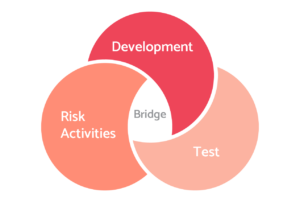

1,000+ Highly Regulated Organizations Trust Visure














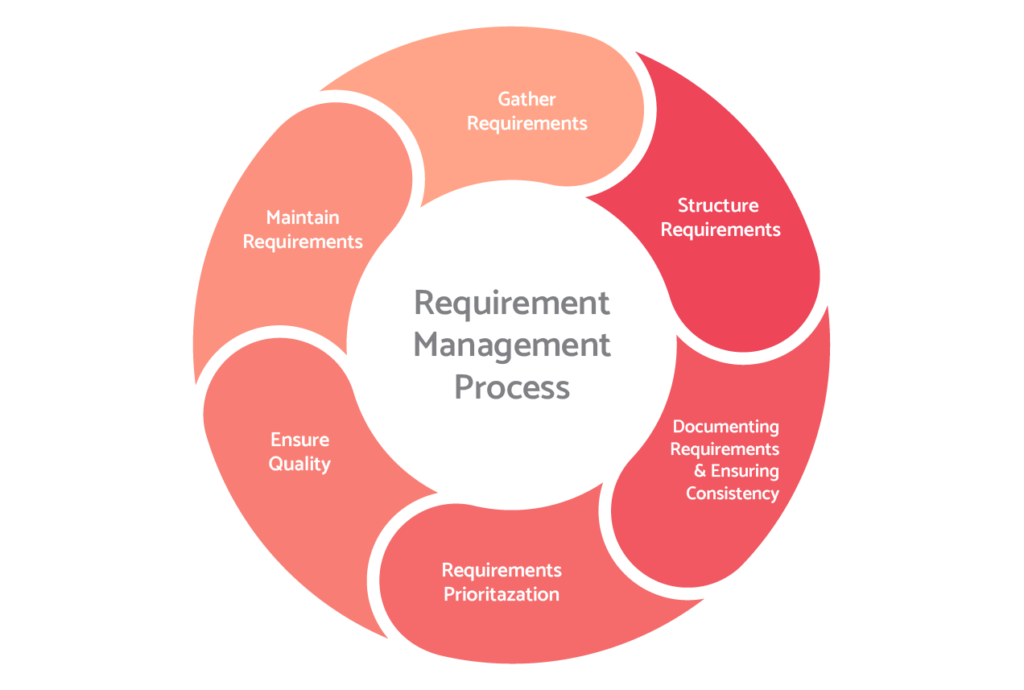
What is Requirements Management & Why it's important?
Requirements management is the process of gathering, analyzing, and validating the requirements and needs for a given product or system being developed. A successful requirements management process ensures that completed deliverables meet stakeholders expectations.
Teams in highly regulated industries need to mitigate risk by using a modern requirements management platform. Requirements management is critical for project success, the cost of getting wrong, be it with money, time and resource, simply intensifies its importance.
- Enhances and aligns team with stakeholder needs
- Increases product quality, without sacrificing compliance
- Improves productivity, and accelerates timelines
- Saves time and resources
Centralize Your Requirements Management Process & Version Control
Centralize risk, test and requirements management in a single solution.
This will allow your team to gain end-to-end traceability across requirements, risks, test and defects.
With Visure, you’ll be able to customize your requirements management process at any level, selecting specific items to get traced within the tool or between other automatic and bi-directional integration tools, such as Jira and UML Modeling.
- Author Requirements
- Configure & Customize Workflows
- Visualize Test Requirements
- Reuse Requirements
- Manage Requirements Change
- Analyze Requirements Quality
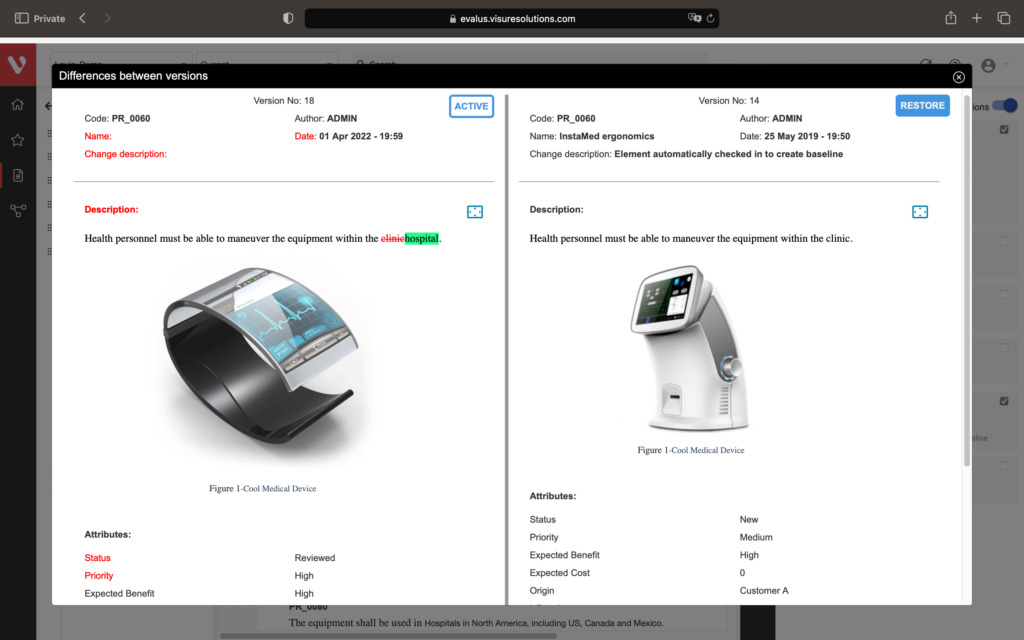
Streamline Your Product Development Process with All-in-One Requirements Management System

Achieve a balance between atomic requirements management and traceability, all while maintaining a familiar document-style approach.

Effortlessly explore upstream and downstream relationships, anticipate change impact, monitor cross-project relationships, detect potential link issues during changes, and visualize relationship rules across projects to understand their organizational impact and reach.
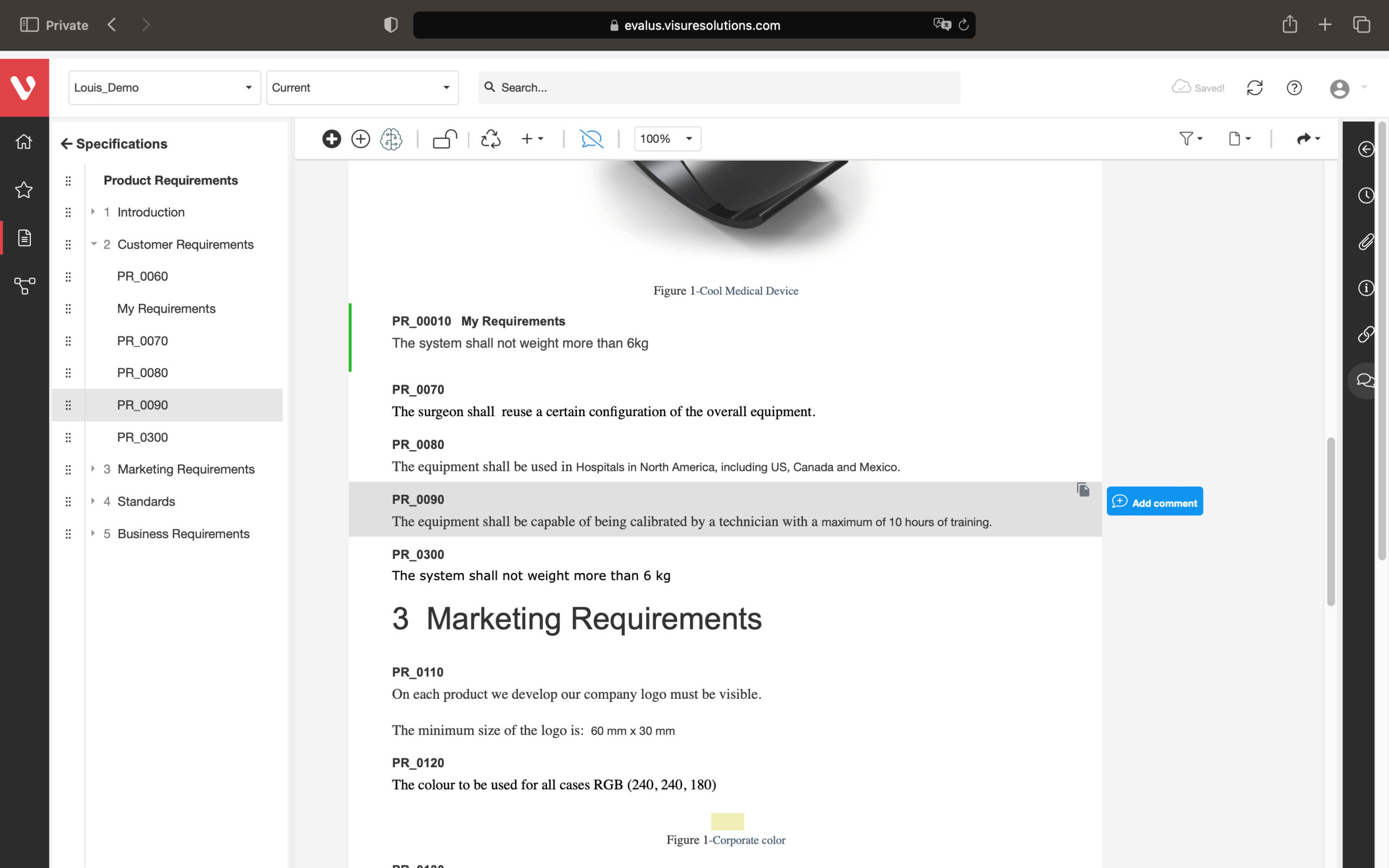
Keep your risk analysis current with real-time data, improve coverage by tracing open risks to requirements, build a comprehensive risk management profile using PHA and FMEA techniques, and guarantee quality and safety in intricate product development.
Speed up development and maintain consistency. Easily compare requirement versions, organize and secure your data, and create development stream baselines or requirement catalogs.
Compare changes in requirements, ensure data organization and security, snapshot project states, build reusable requirements catalogs, and develop product variants or new versions.
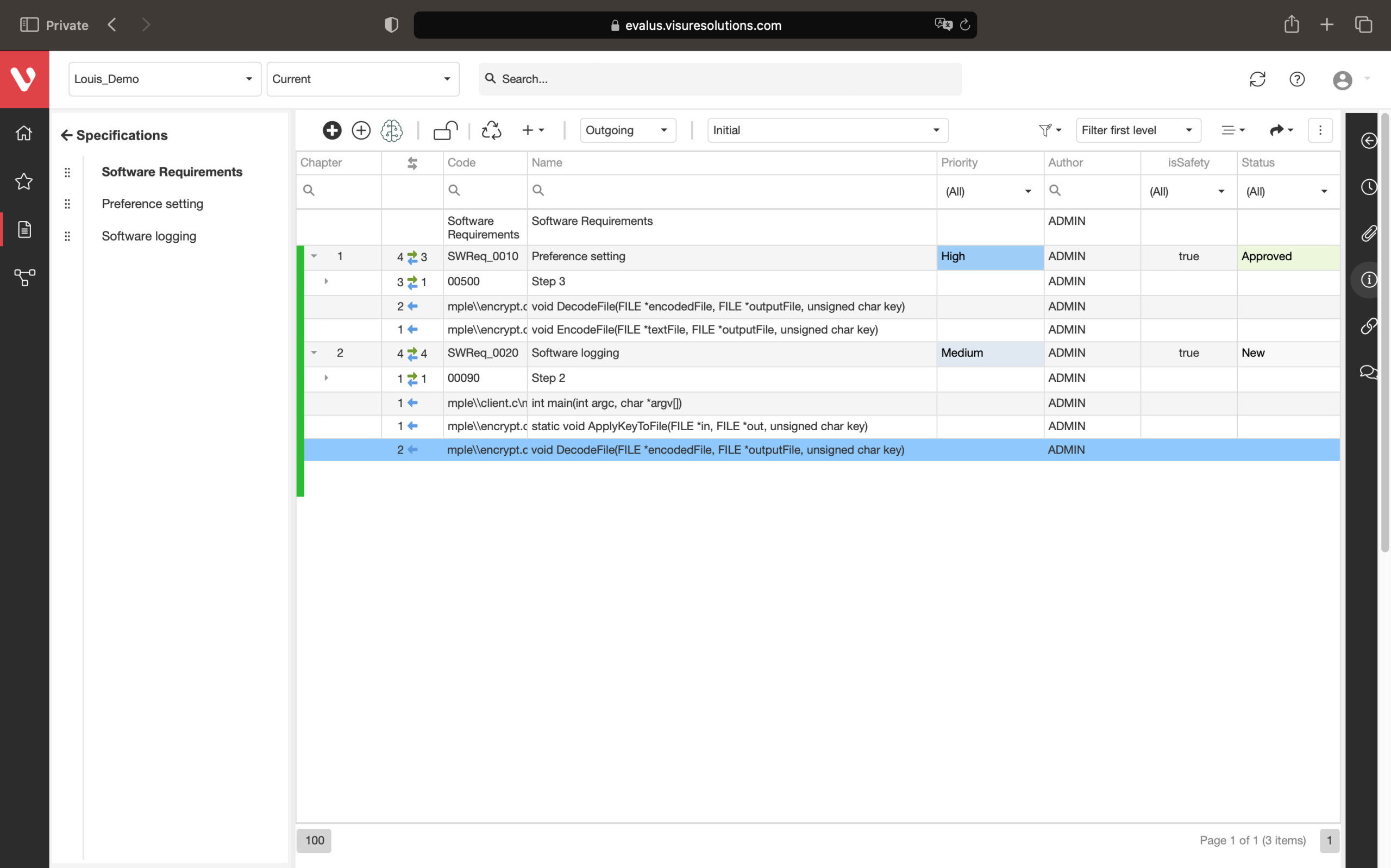
Automatically analyze the quality of requirements while writing them. Avoid ambiguous specifications from poorly written, ambiguous, and inconsistent requirements.

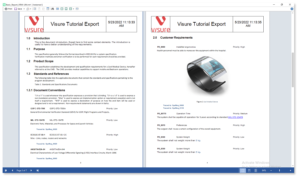
Increase your productivity and ease your Stakeholder review process by using simple import and export data features for ReqIF, IBM DOORS and MS Office Word & Excel.
Leverage generative AI to analyze and optimize requirements writing and industry best practices, generate test cases and improve risk mitigation
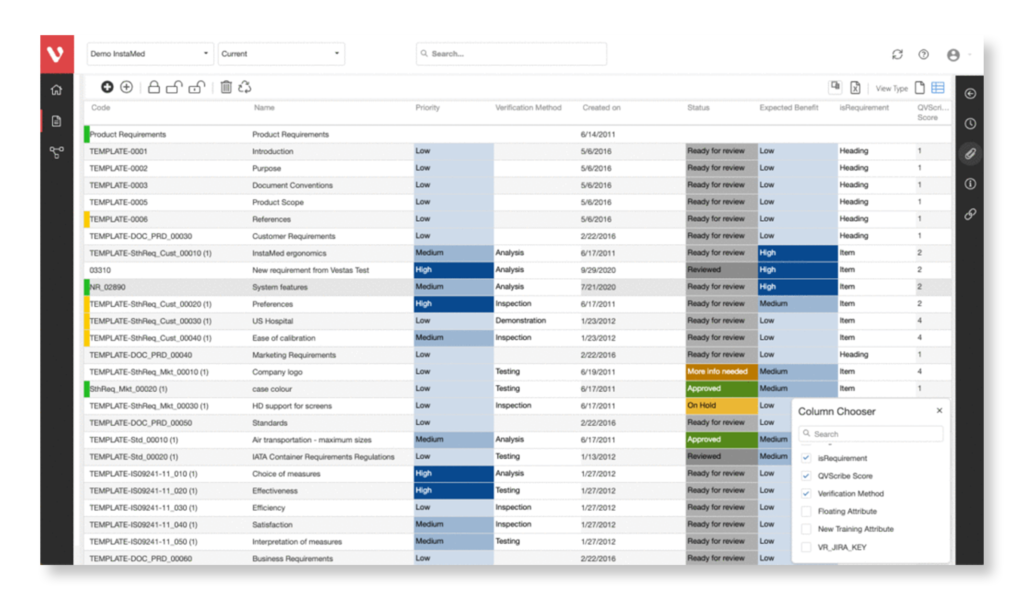
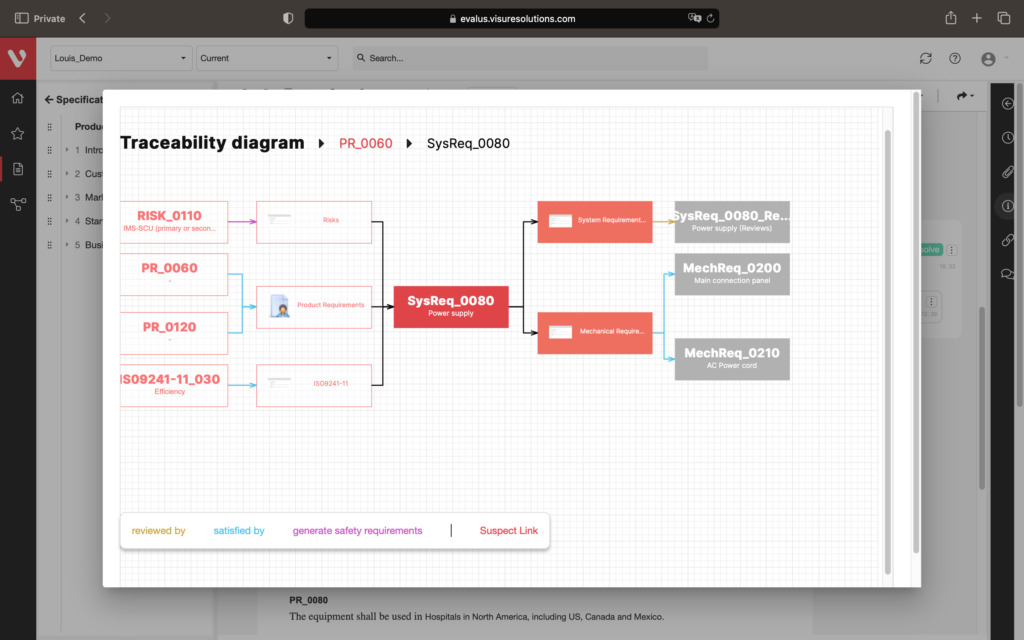
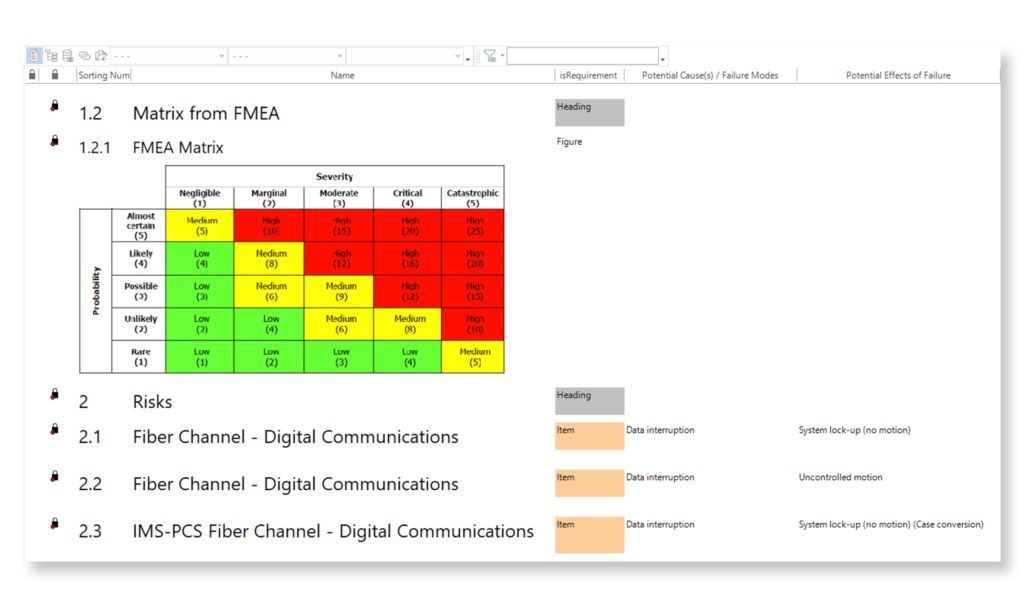

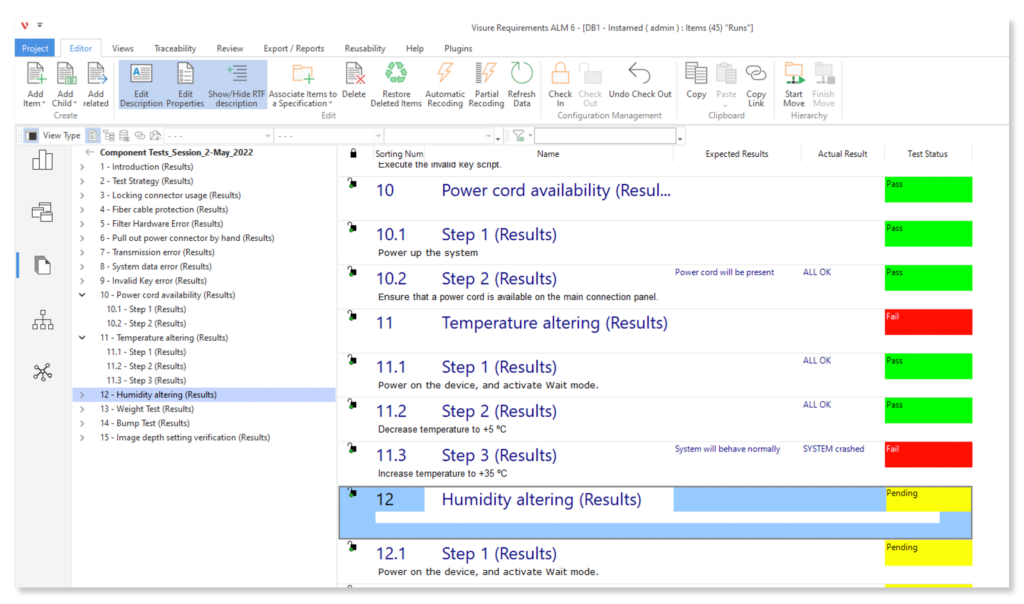
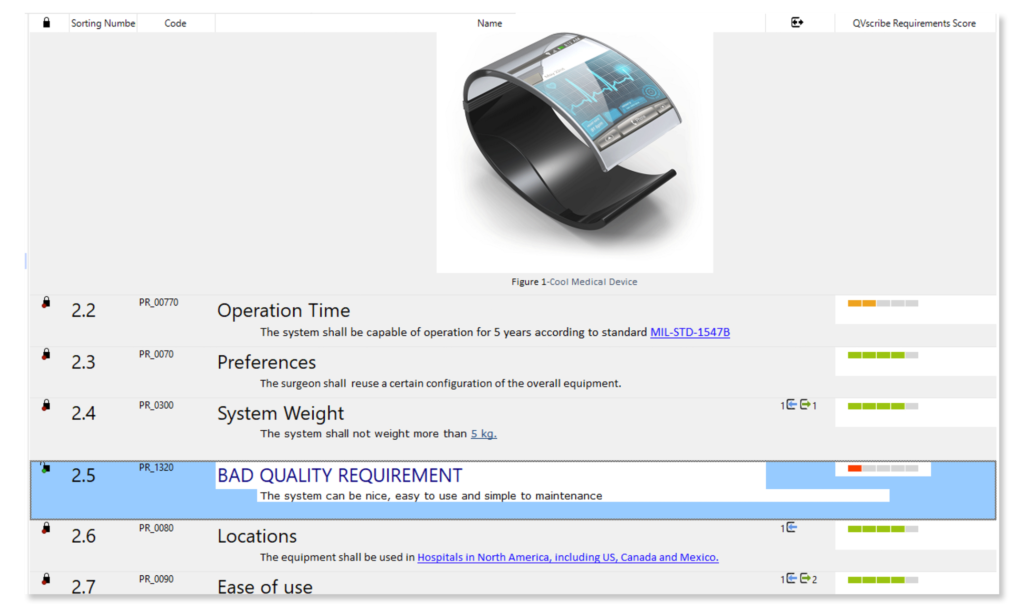
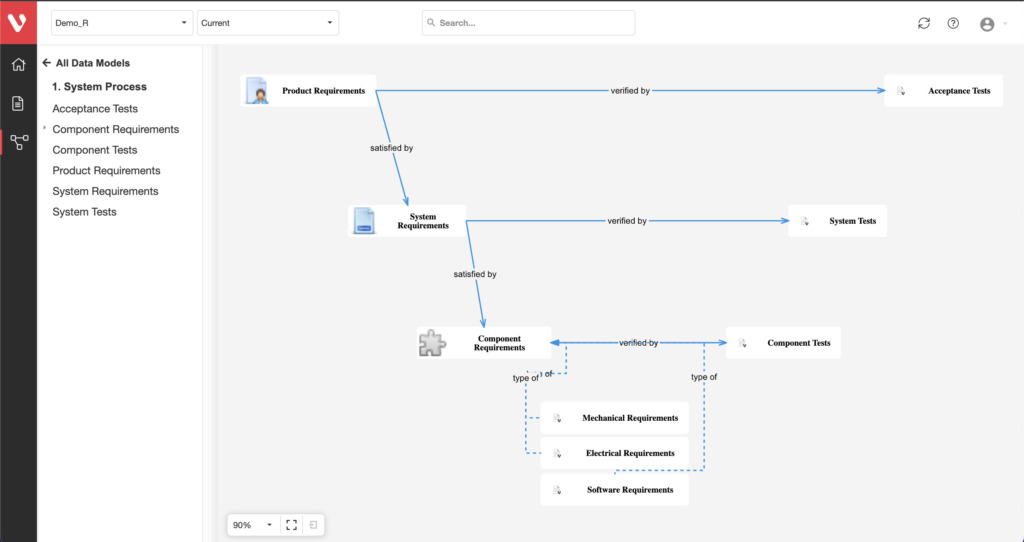
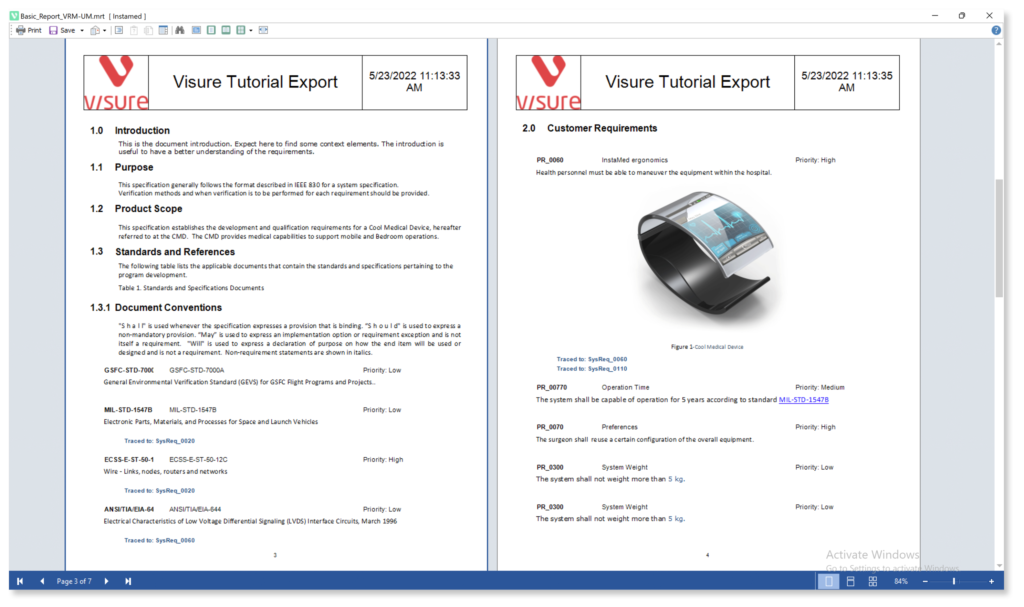
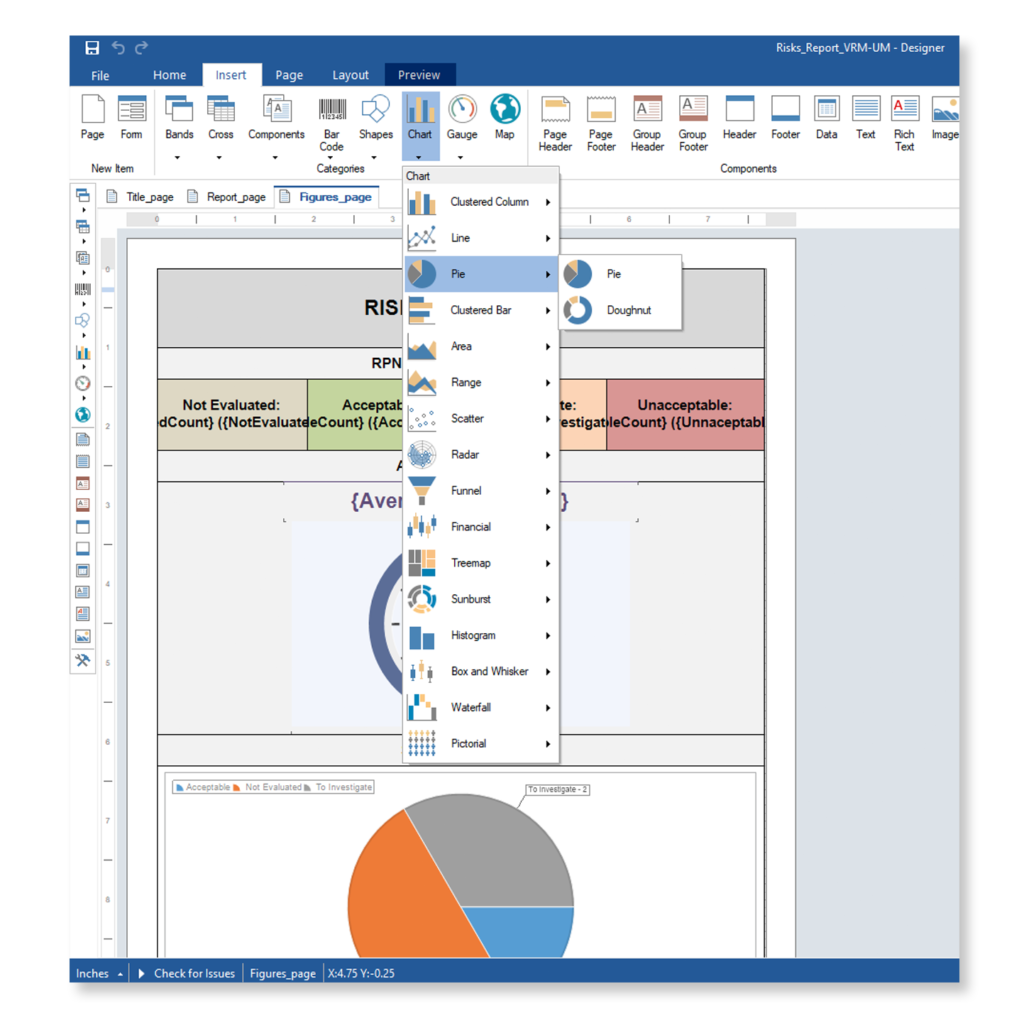
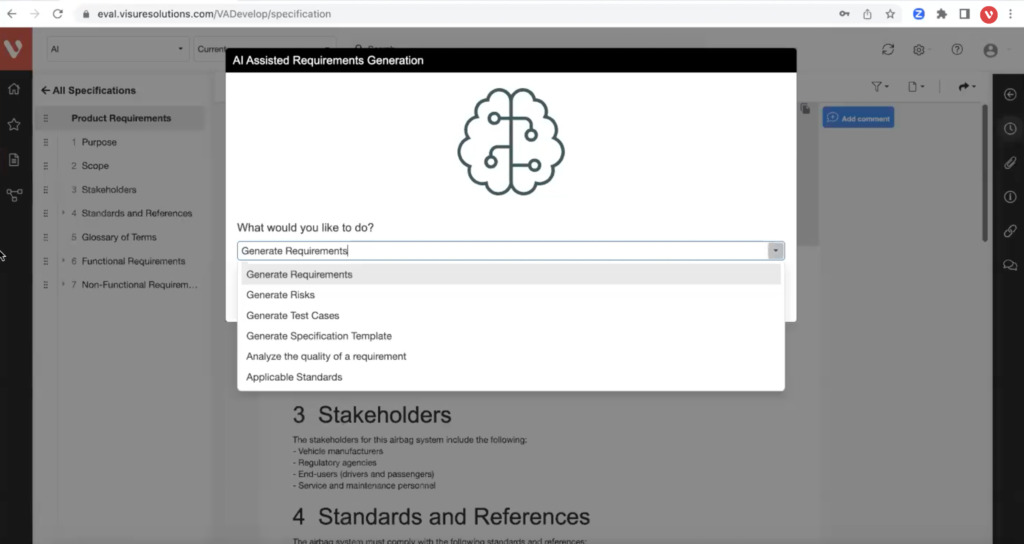
Why Top Leading Safety Critical Companies Manage Requirements with Visure
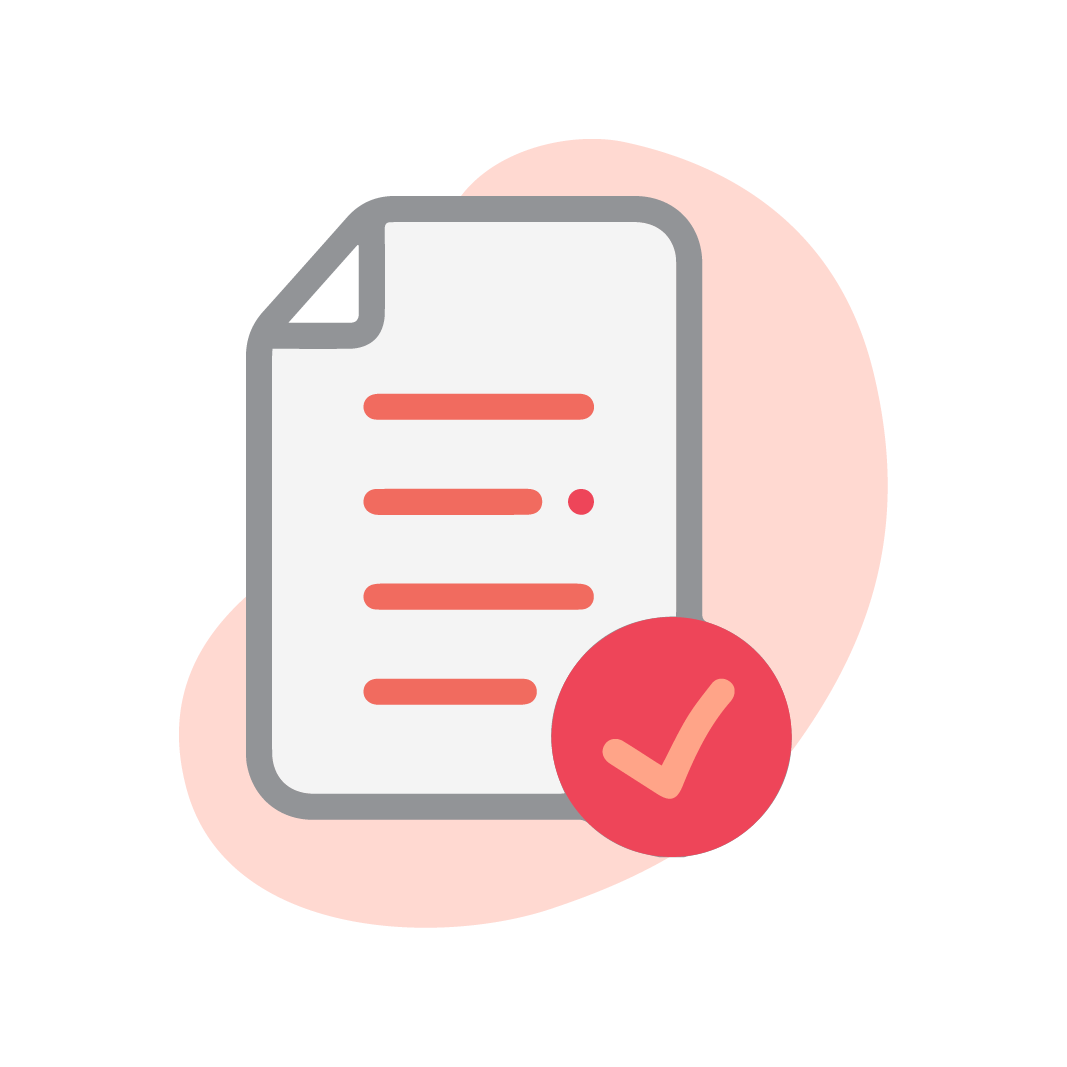
Reduce Risk & Manage Standard Compliance
Mitigate Risk and avoid stressful compliance audits across projects by centralizing and tracing in a single source of platform.
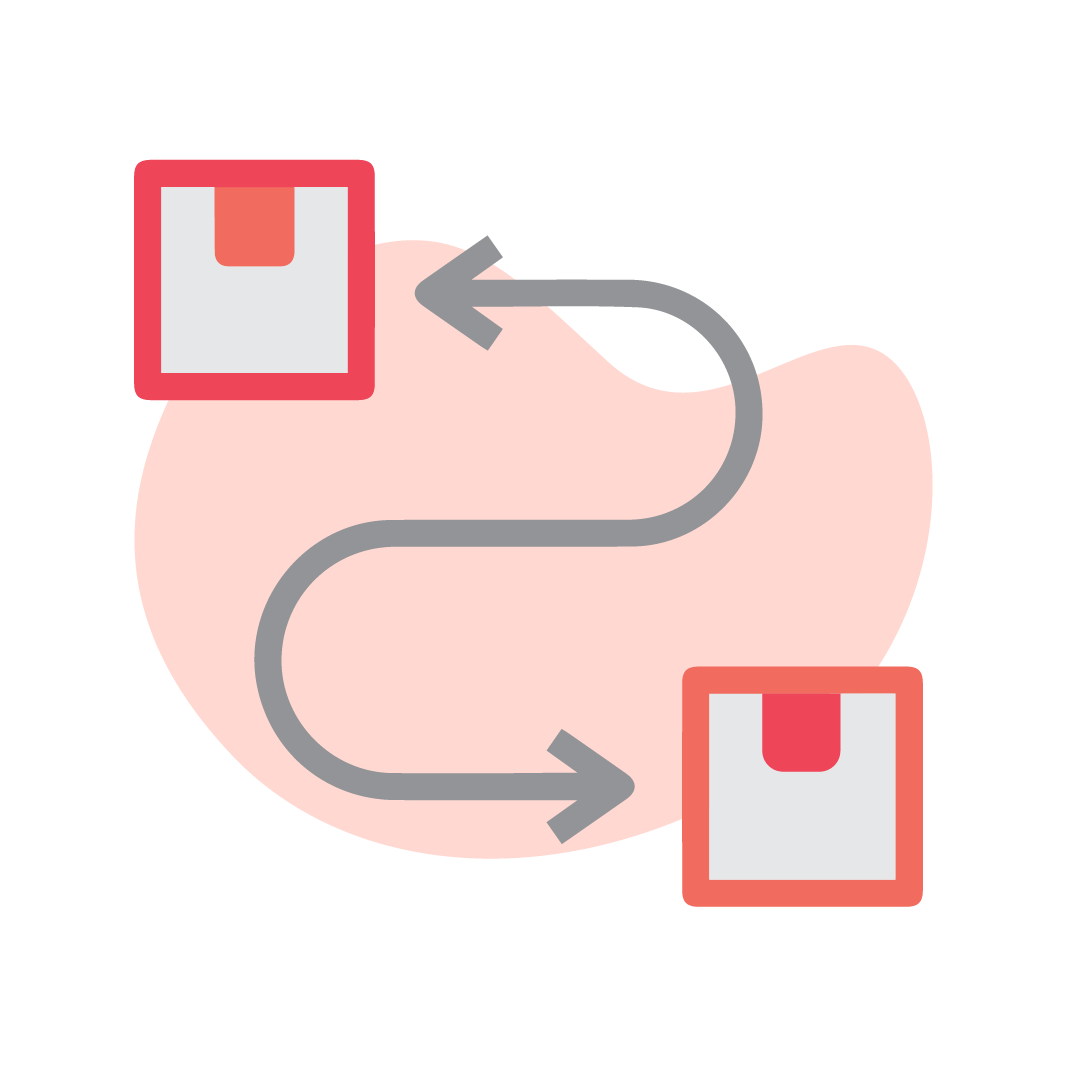
Full end-to-end Traceability, including Source Code
Configure your data model and gain full traceability between tests, requirements, risk, defects and all items, including source code to specific requirements.
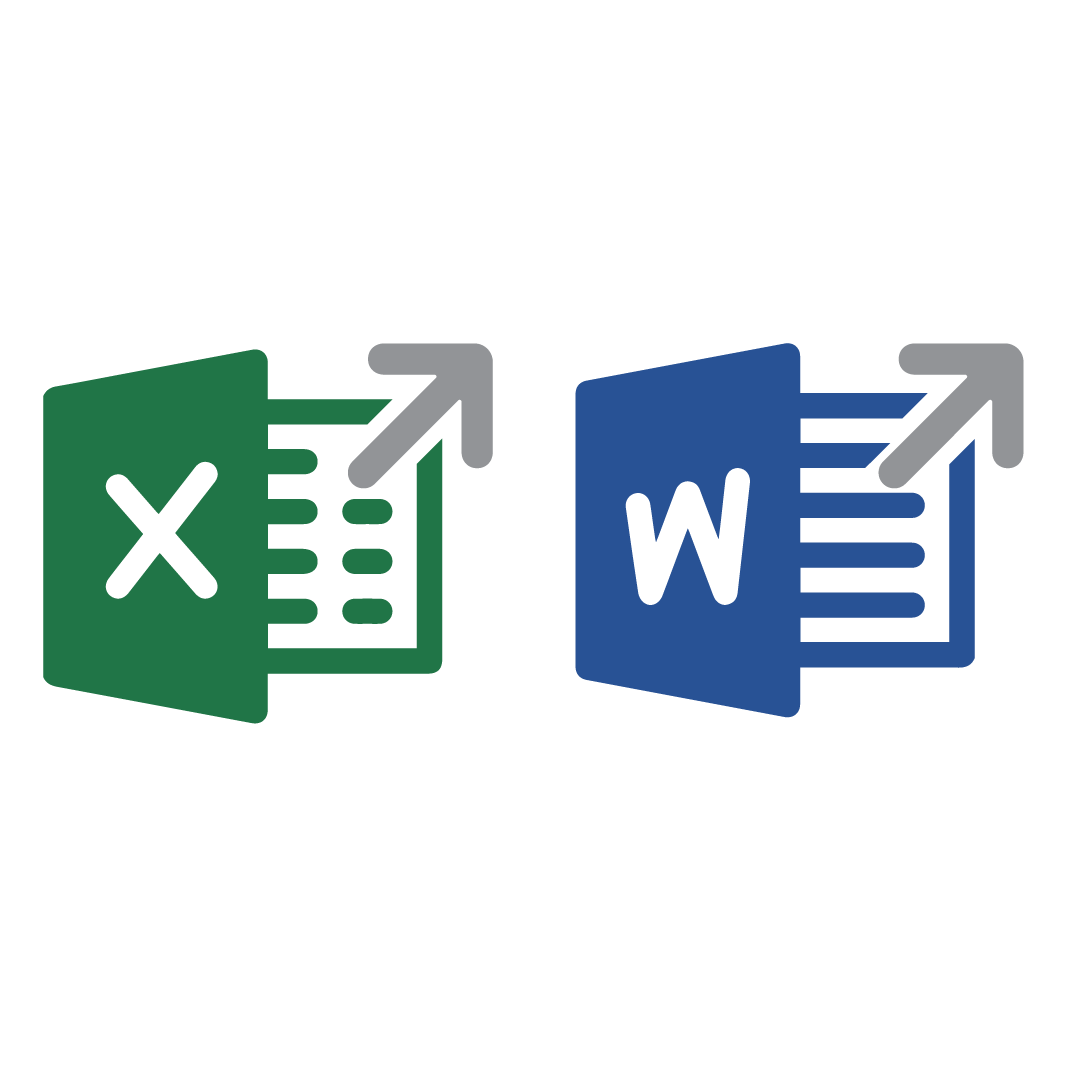
Simple Import and Export Data
Increase your productivity by using simple import and export data features from ReqIF and MS Office Word and Excel.

Facilitate Real Time Collaboration & Alignment
Visure integrates bi-directionally and automatically with the top industry engineering tools, easing collaboration among teams in real time.
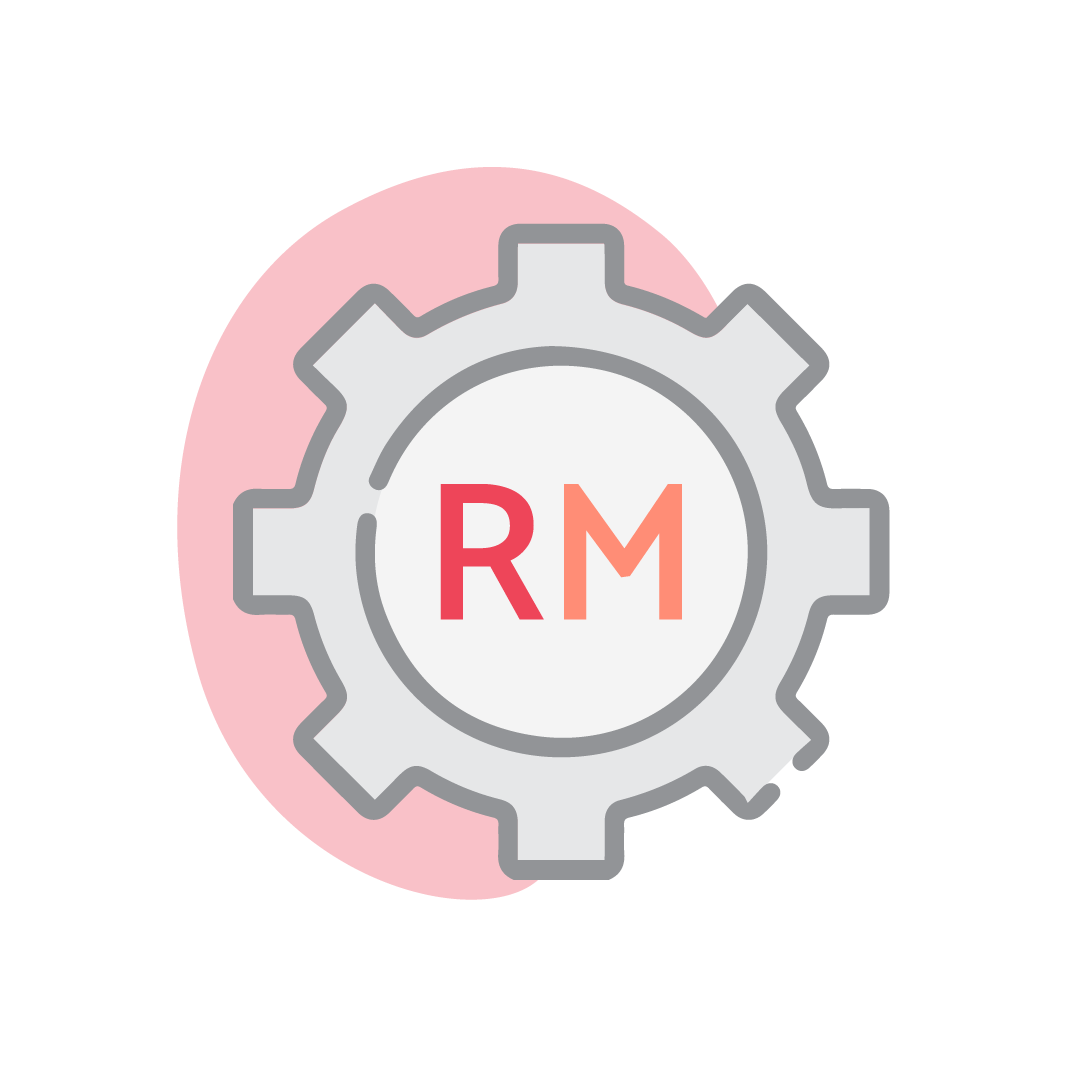
Easy to use UX/UI Requirements ALM Tool
Forget about legacy tools user friendly experience, and implement an easy to use Requirements ALM tool with a low learning curve.
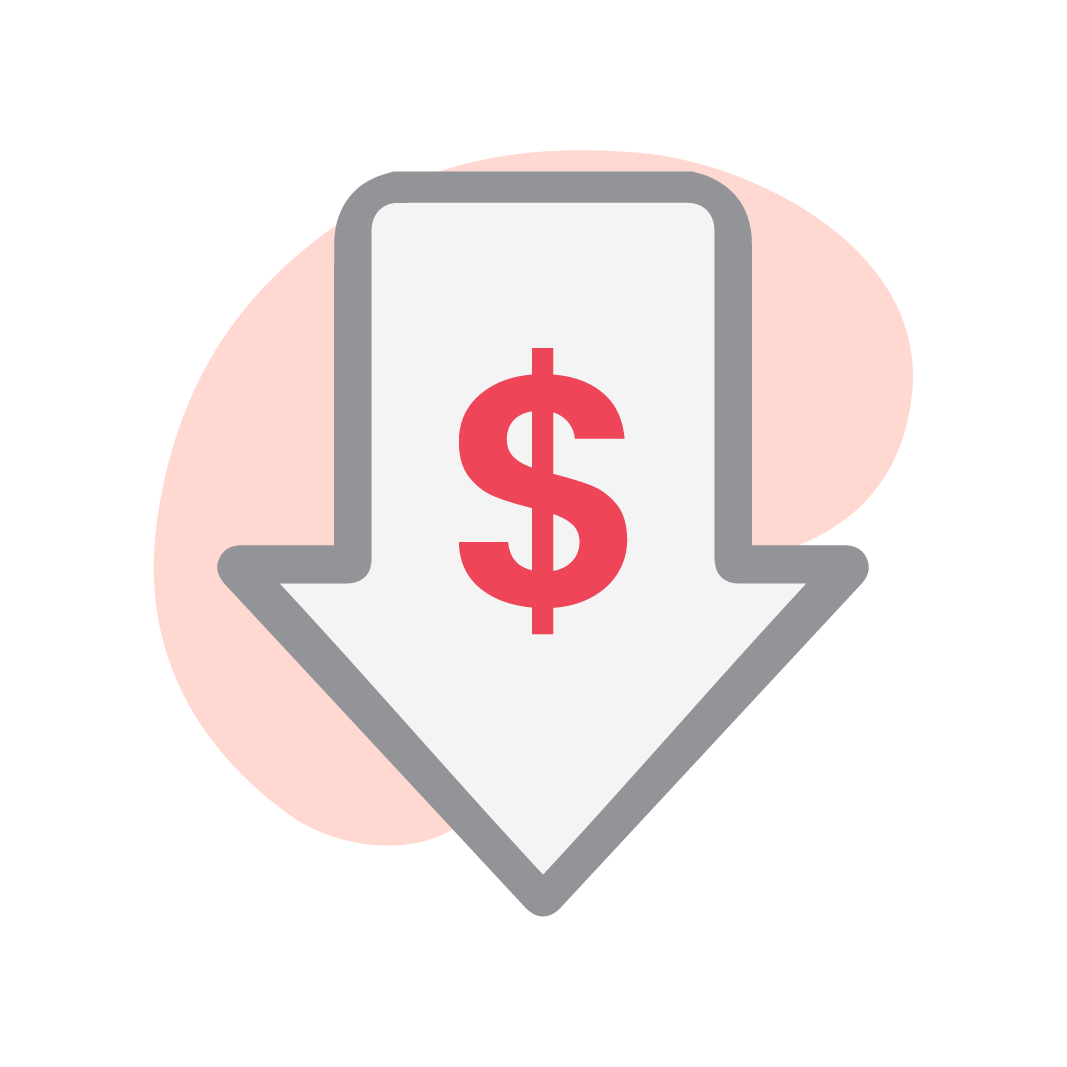
Most Value to Price Product in the Market Guaranteed
We are committed to your team's project success by delivering within budget. That's why Visure's pricing is a fraction from other competitors.
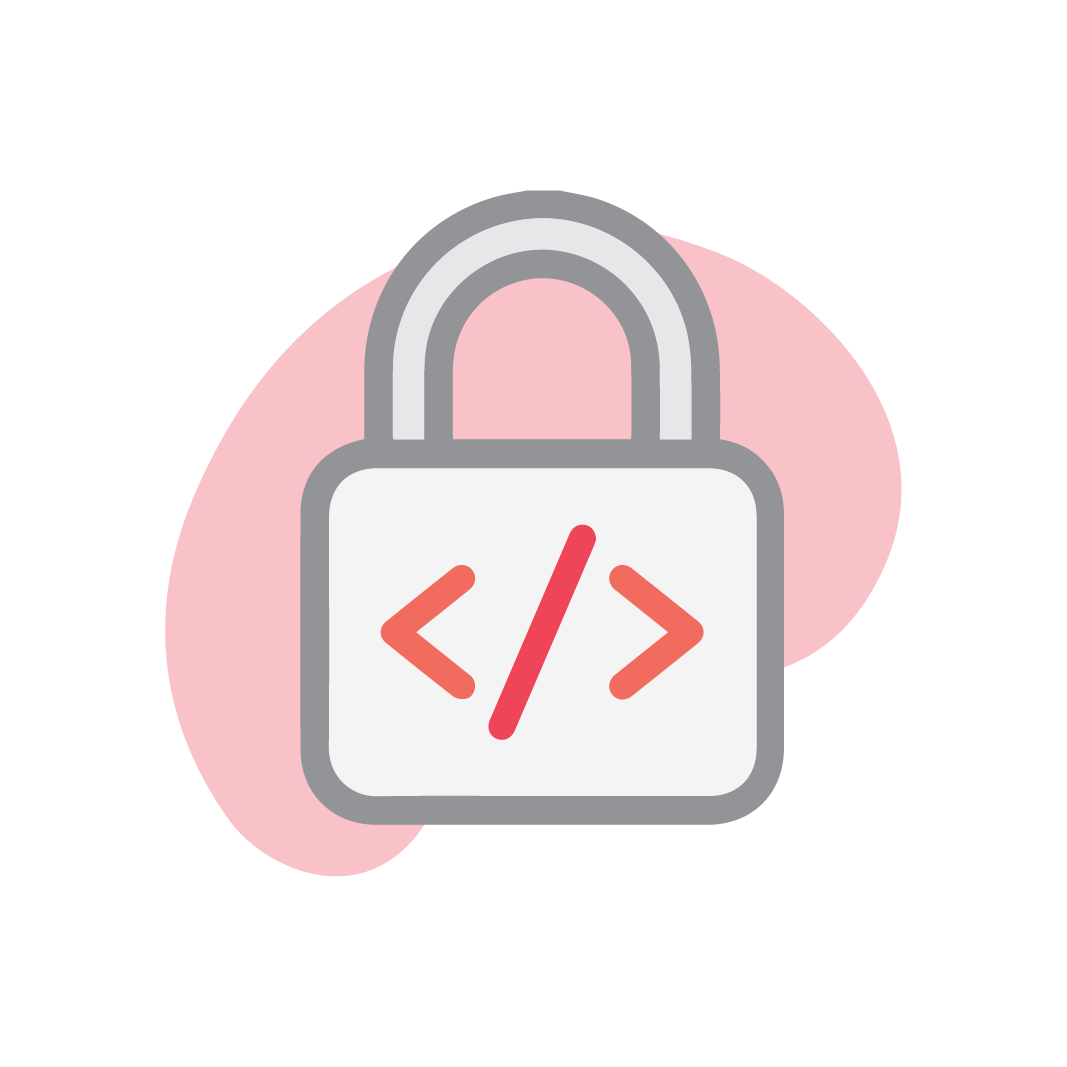
Maintain Security Across Development
With our On-Premise Licensing option, you can easily deploy and maintain security across all your projects within the tool.

Accelerate Project Speed to Market
Increase your team's productivity with reusability of components across projects and automating repetitive tasks through open source code & AI.

Access Premium Support, Trainings and Consultations
Fast track your team's success by getting your team up and running easily, while staying on top with industry best practices.
Visure Requirements Management Solution Connects with Best-of-Breed Tools
And even more integrations with other leading software — including automated test solutions— to accelerate and facilitate success across the entire product development lifecycle.
What industry professionals say about us





As posted in G2, SoftwareReviews and TrustRadius.
Ensure Regulatory Compliance.
Manage & Author Requirements.
Accelerate Your Timelines.
- Most cost-effective
- Access All Features
- 30-Day Trial
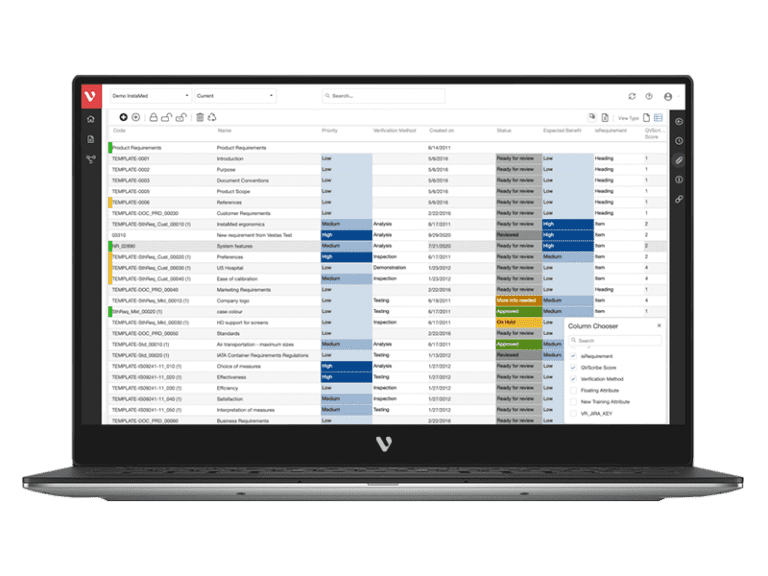
On average, our customers experience:
See what’s possible with a modern Requirements Management Software Solution
PER PROJECT
TO MARKET
PREPARING FOR AUDITS
The Ultimate Guide to Requirements Management & Traceability Best Practices
Hardware and software complexity is rapidly increasing across all highly regulated industries. Learn the best Requirements Management and Traceability practices that leading safety-critical companies use to mitigate risk and to manage product, systems, and software development.
